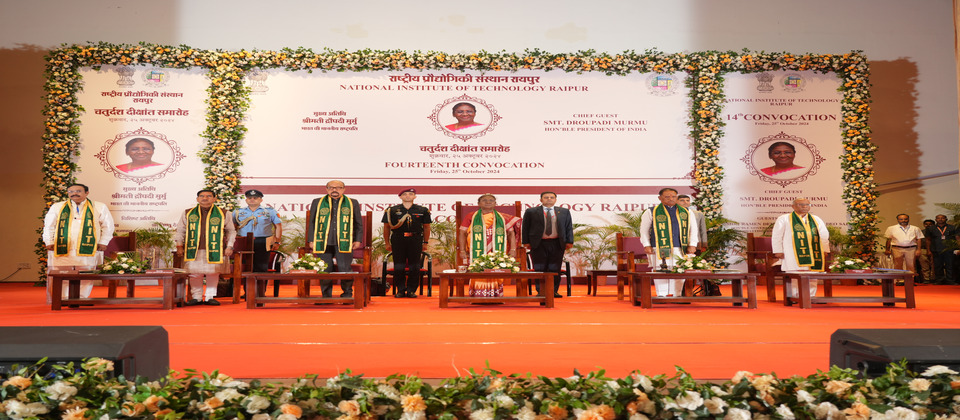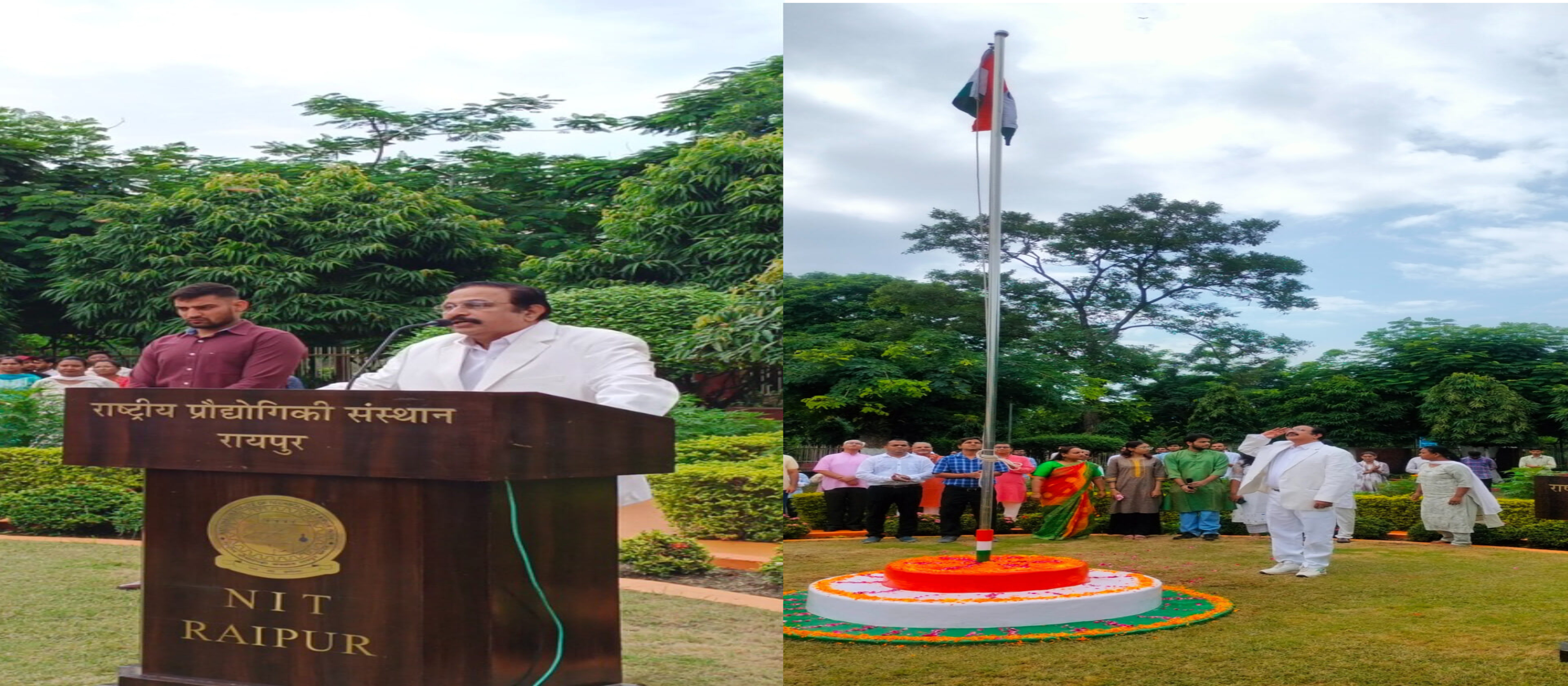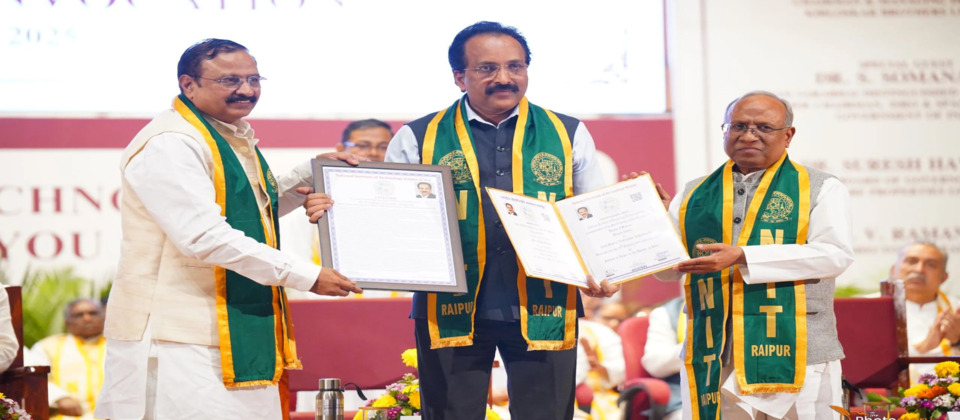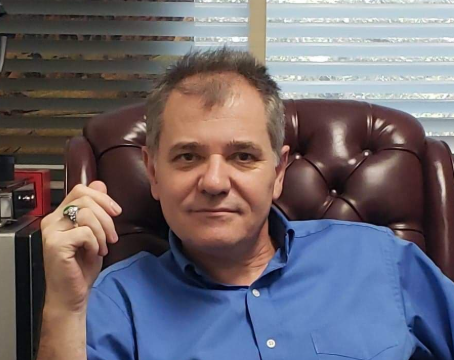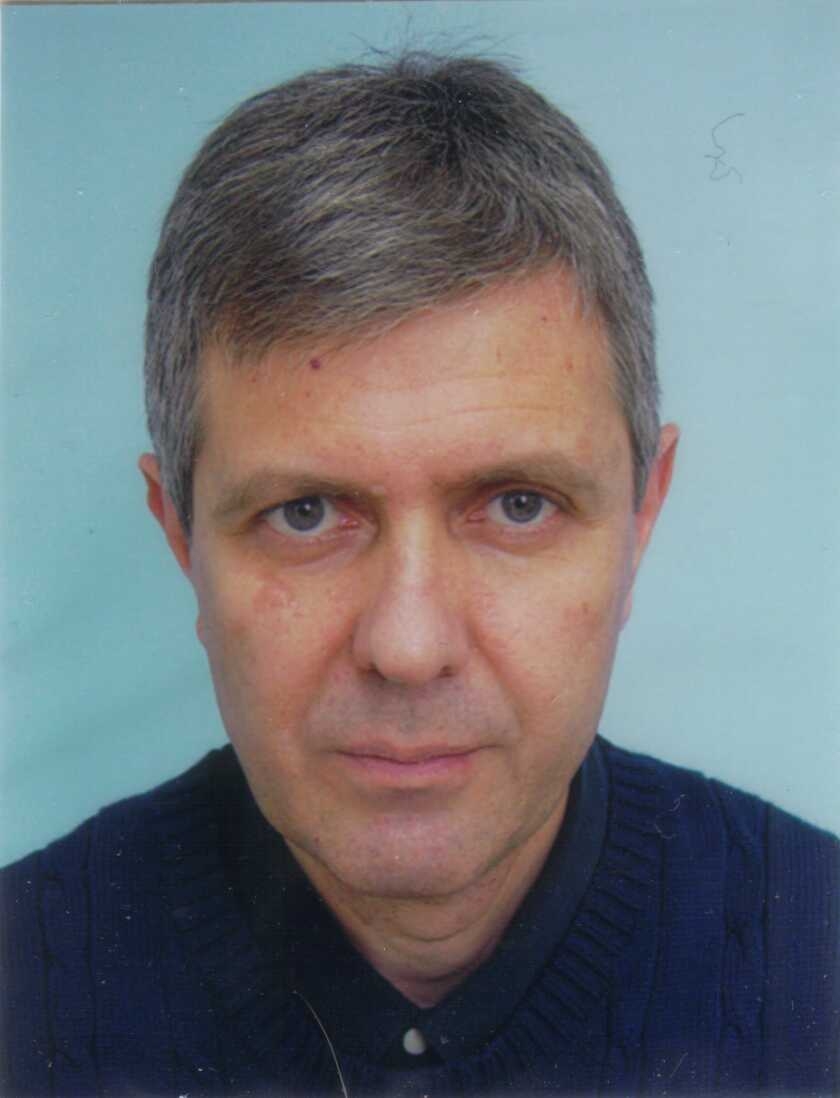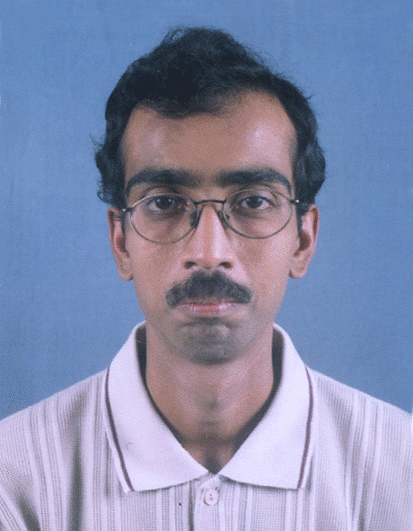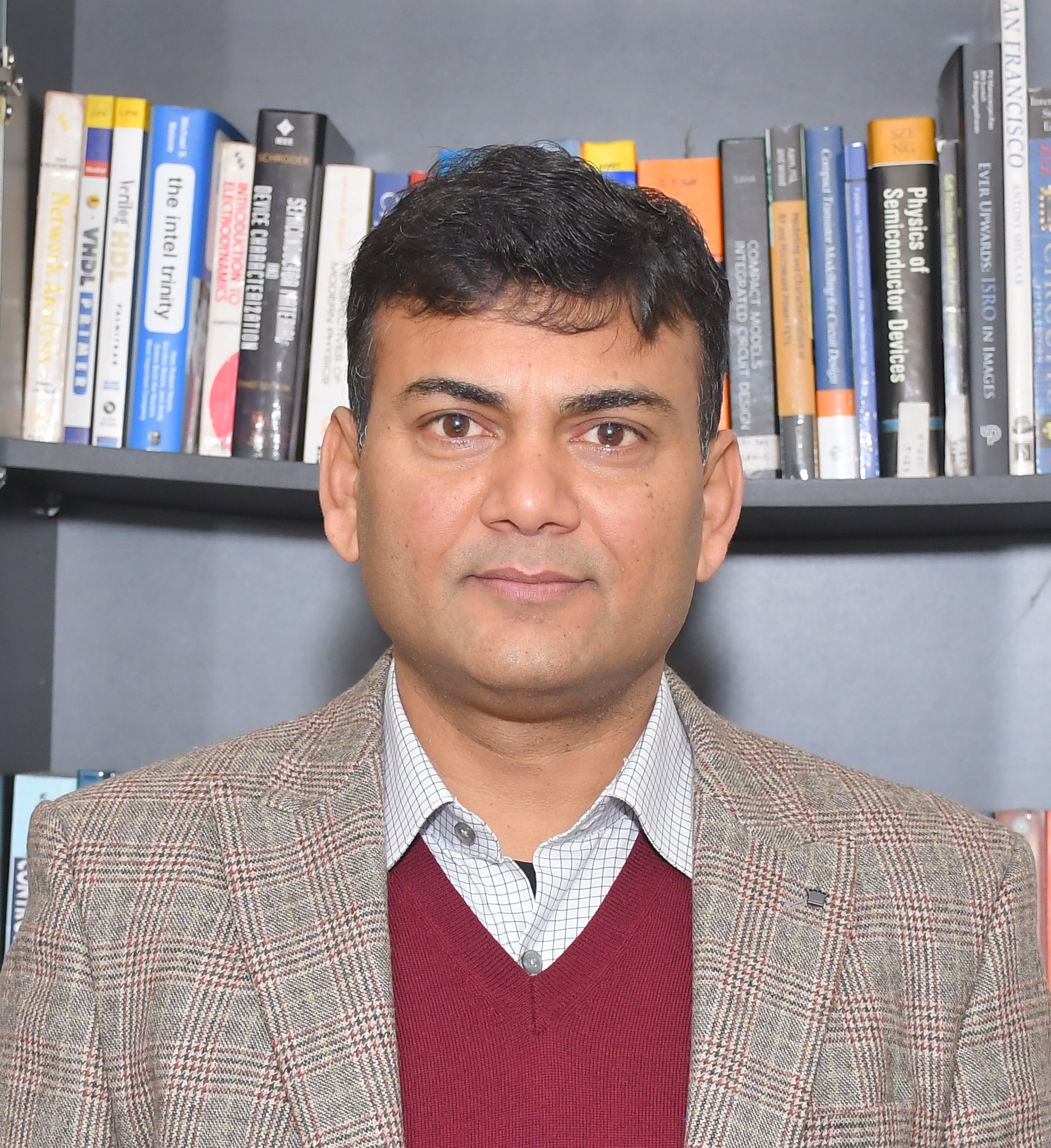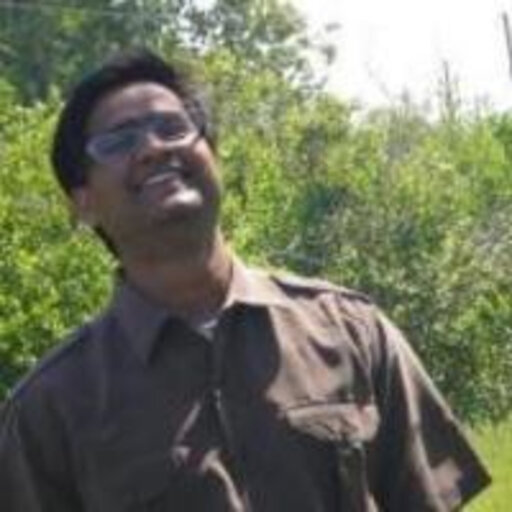About India
If there is one place on the face of earth where all the dreams of
living men have found a home from the very earliest days when men
began the dream of existence it is India.
~Romain Rolland
MY INDIA IS MY PRIDE
India is one of the oldest civilizations in the world with a
kaleidoscopic variety and rich cultural heritage, for more than
5000 years. It has reached to a point of all-round
socio-economic stability during the last 65 years of
its Independence. India, a union of states, is a Sovereign, Secular,
and Democratic Republic with a Parliamentary system of Governance.
There are 28 states and 8 Union territories in the
country. From the largest to the smallest, each State/UT of India is
unique in it's - demography, history and culture, dress, festivals,
language etc.
The history of nation gives glimpses into the magnanimity of its
evolution – from a country under British colonialism, to one of the
leading economies in the world, all within a span of just sixty years.
More than anything the nationalistic fervour of the people is the
contributing force behind the culmination of such a development. This
transformation of the nation instils a sense of national pride in the
heart of every Indian within country, and this section is a modest
attempt at keeping its flame alive.
FACTS ABOUT INDIA
-
Ayurveda is the earliest school of medicine known to mankind. The
Father of Medicine, Charaka, consolidated Ayurveda 2500 years
ago.
Sushruta is regarded as the Father of
Surgery. Over 2600 years ago Sushruta & his team conducted
complicated surgeries like cataract, artificial limbs, caesareans,
fractures, urinary stones, plastic surgery and brain surgeries.
Usage
of anaesthesia was well known in ancient Indian medicine.
-
The value of "π" was first calculated by the Indian Mathematician
Budhayana. He discovered this in the 6th century, long before the
European mathematicians.
-
The Baily Bridge is the highest bridge in the
world. It is located in the Ladakh valley between the Dras and Suru
rivers in the Himalayan Mountains. It was built by the Indian Army
in August 1982.
-
Yoga has its origins in India and has existed for over 5,000 years.
-
Mangalyaan, India's Mars Orbiter, was made possible
at the cheapest cost worldwide – and it has celebrated over a 1000
Earth days in its orbit.
About Raipur
Raipur is the capital and largest city of the state of Chhattisgarh.
Raipur is an emerging global hub and has witnessed exponential growth
over the past years. It contains a diverse population of about a million
and spans across an area of 180 sq km. It holds 7th position in the Ease
of Living Index 2018 by Union Ministry of Housing and Urban Affairs.
The city is located near the centre of a large plain, wherein hundreds of
varieties of rice are grown, by virtue of which Chhattisgarh is the 'Rice
bowl of India'. It has The Mahanadi river on its east, Maikal Hills on the
north-west, Deccan plateau on the south and on the north, land rises and
merges with the Chota Nagpur Plateau. Archaeological evidence suggest the
existence of Raipur since the ninth century, whereas literary evidence
define the history of Raipur since the Mauryan empire.
Raipur being geographically located at the centre of Chhattisgarh was
chosen to be its capital on 1st November 2000. The city finds itself 244
to 409 meters above the sea level. Raipur witnesses tropical wet and dry
climate, with moderate temperatures most times of the year and blazing hot
summers. Monsoon brings about 1300 millimeters of rain along.
The slogan of the city is "Mor Raipur" which means "My Raipur" in
Chhattisgarhi i.e. the language of Chhattisgarh, which cultivates affinity
and belongingness towards the city. The city is also developing as a part
of the Smart Cities initiative. It also holds a strong presence of various
international brands and prominent global automobile companies.
Raipur also occurs to be the educational hub of Chattisgarh due to the
presence of innumerable educational institutions of importance. It is home
to premier institutes like National Institute of Technology (NIT), All
India Institute of Medical Sciences (AIIMS), Indian Institute of Management
(IIM), Hidayatullah National Law University, International Institute of
Information Technology (IIIT) and National Institute of Malaria Research.
It also harbours other eminent institutions.
Raipur garners a plethora of opportunities and a place marching towards
growth with immense energy and enthusiasm.
Travelling to Raipur
By Air
Raipur is well-connected by air to major cities in India. Swami Vivekananda Airport (RPR) is the primary airport serving Raipur, located approximately 15 km from the city center. Direct flights are available from major cities like Delhi, Mumbai, Bangalore, Hyderabad, and Kolkata. Airlines operating in Raipur include Air India, IndiGo, and SpiceJet.
By Train
Raipur Junction Railway Station is a major railway station on the Howrah-Nagpur-Mumbai line and is well-connected to all major cities in India. Several express and superfast trains pass through Raipur, making it easily accessible from across the country. The railway station is located in the heart of the city, approximately 5 km from NIT Raipur.
By Road
Raipur has excellent road connectivity through national highways. The city is situated on National Highway 53 and is connected to National Highway 30, which links it to other major cities. Regular bus services, both government and private, connect Raipur to nearby cities and states. The city has a well-developed bus stand with services to Nagpur, Jabalpur, Bhopal, and other major cities.
Local Transportation
Within Raipur, various transportation options are available:
- Auto Rickshaws: Widely available and convenient for short distances.
- Taxis: Available for hire, including app-based services like Ola and Uber.
- City Buses: Operated by the Raipur Municipal Corporation, covering most areas of the city.
- Rental Services: Car and bike rental services are available for visitors who prefer self-driving.
For international attendees, the nearest international airports are in Delhi, Mumbai, and Hyderabad, from where connecting flights to Raipur are available.





